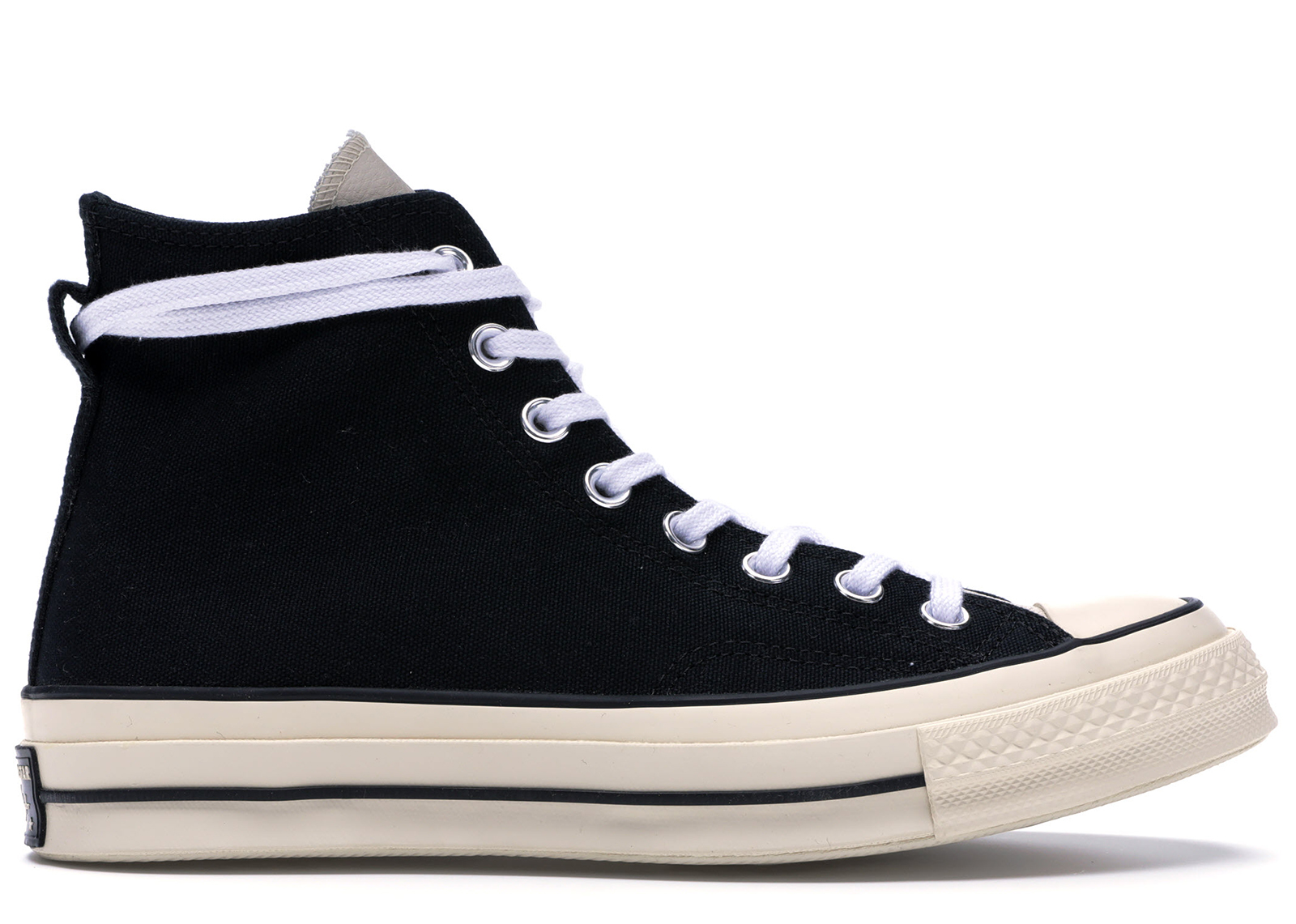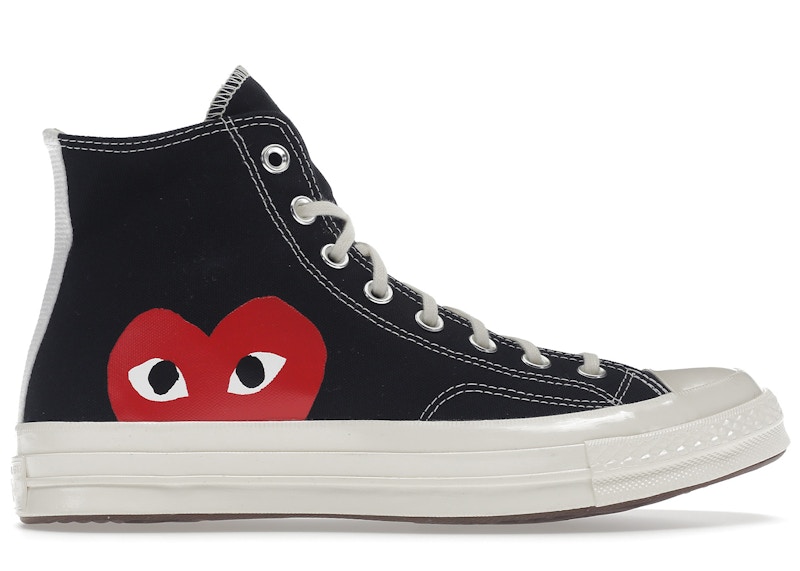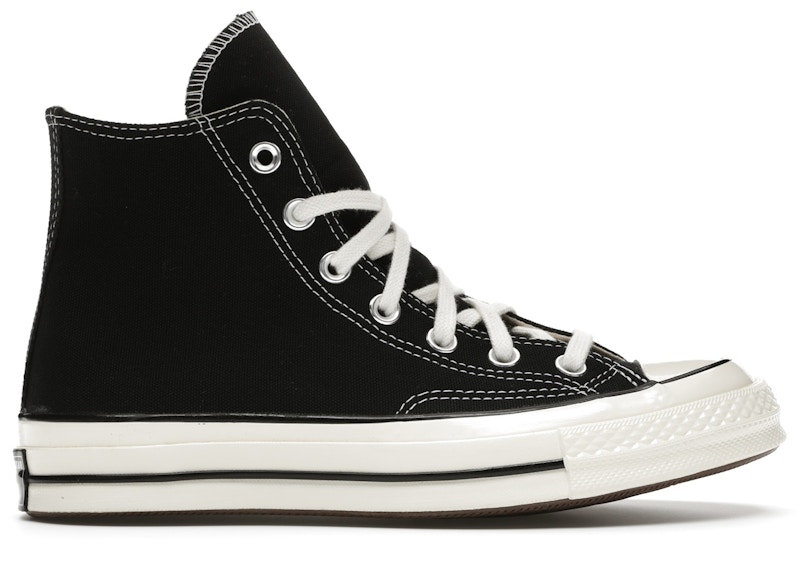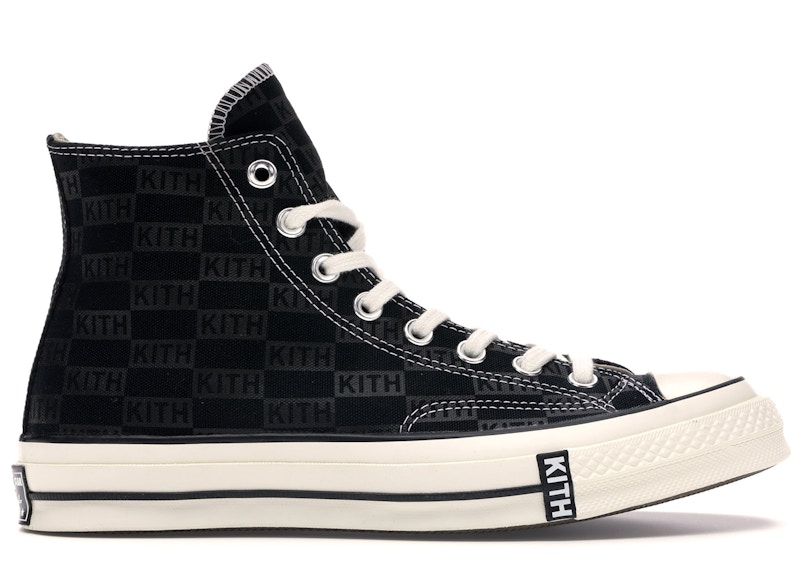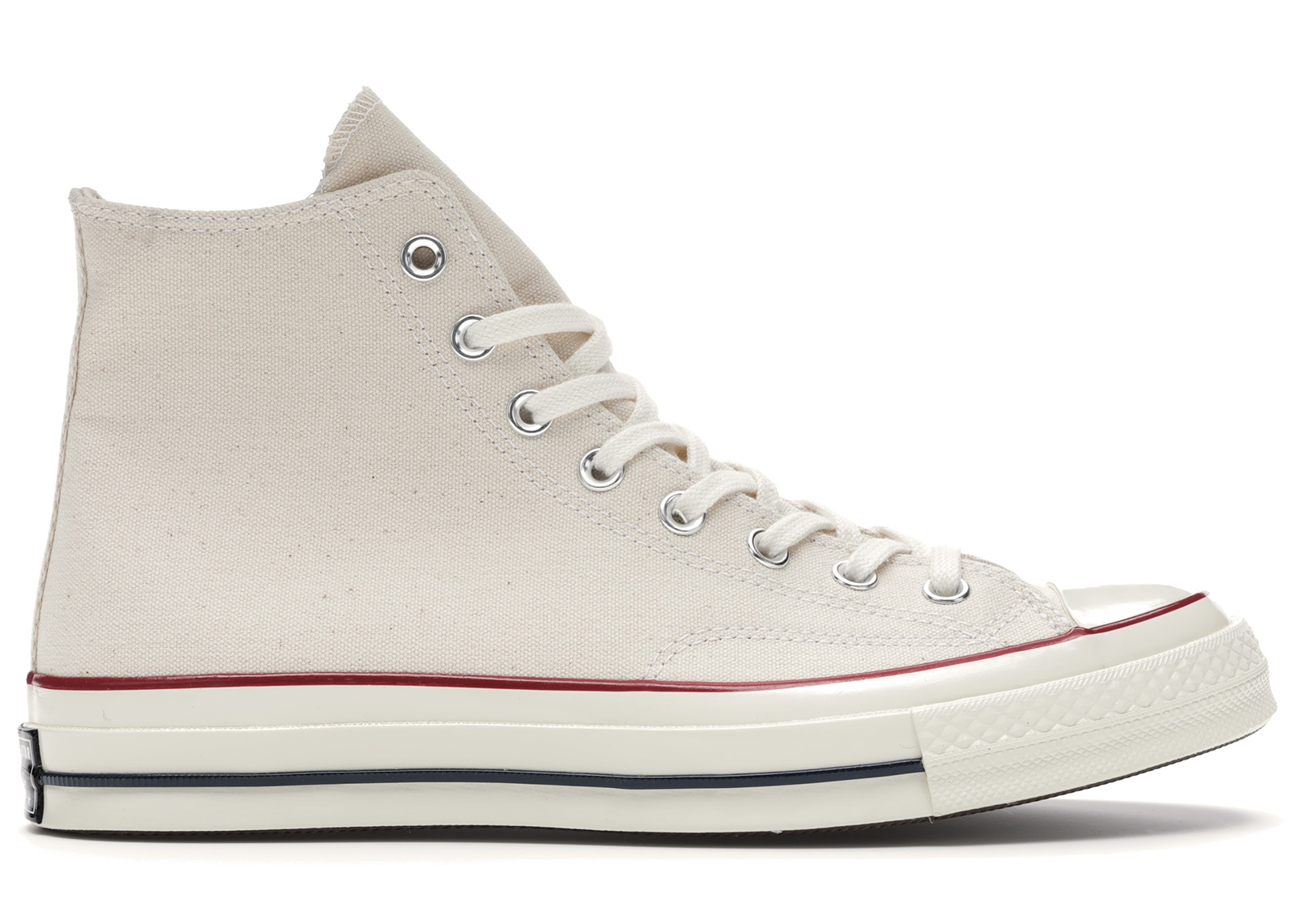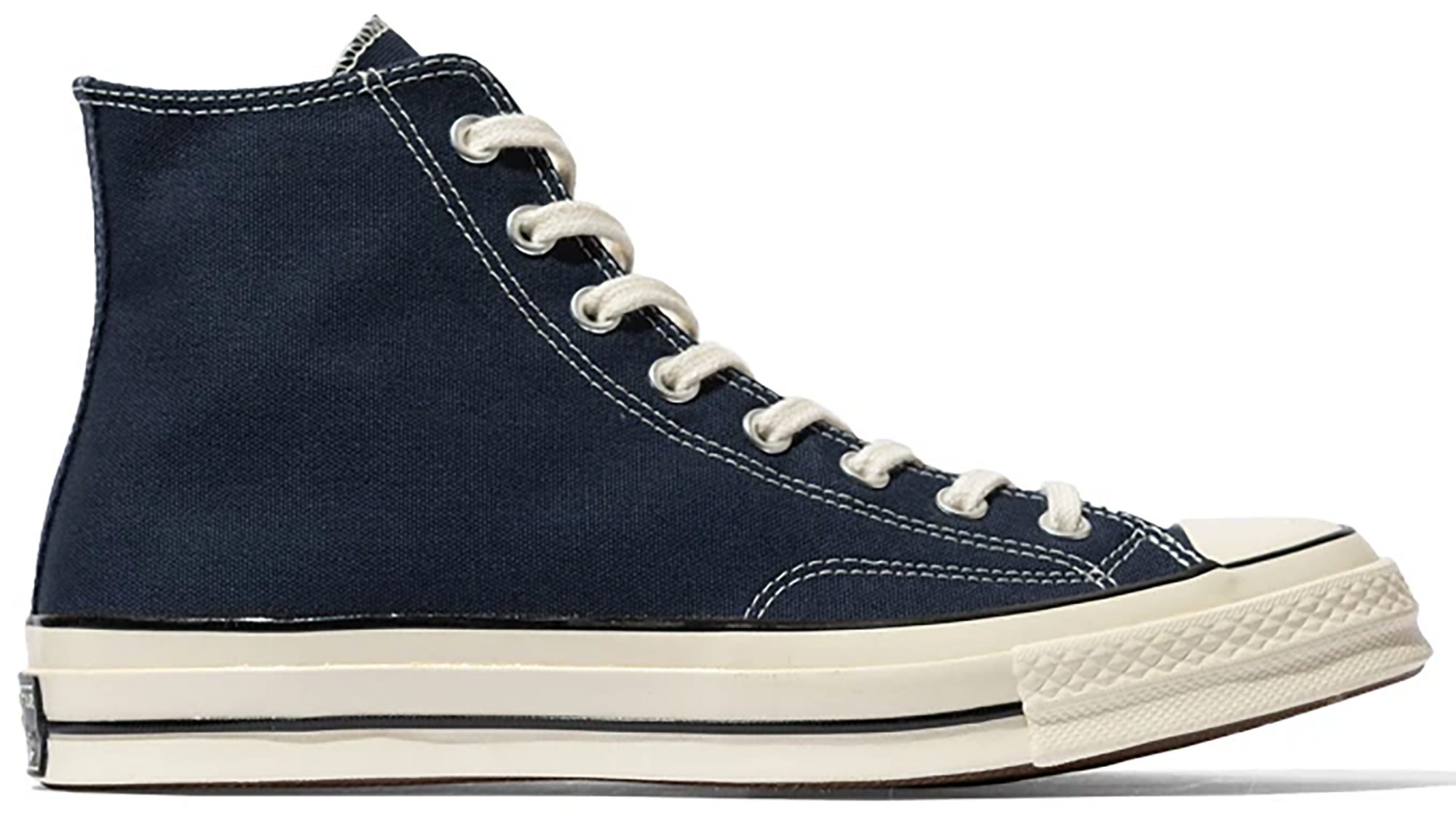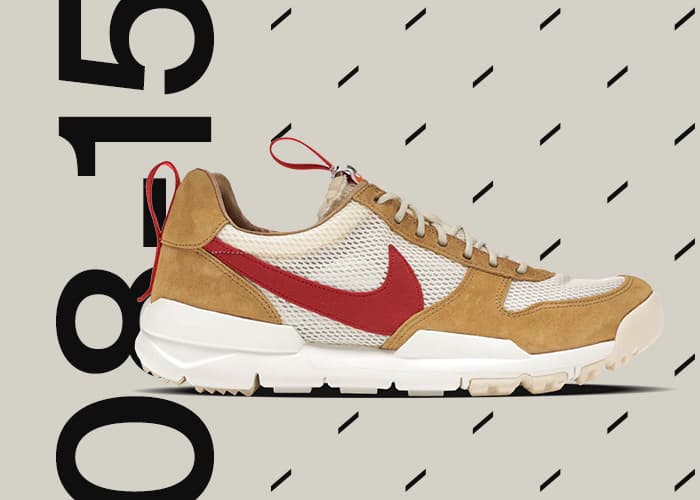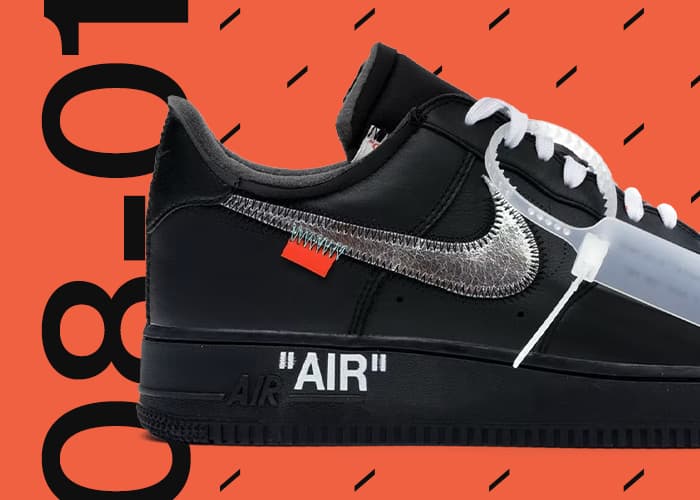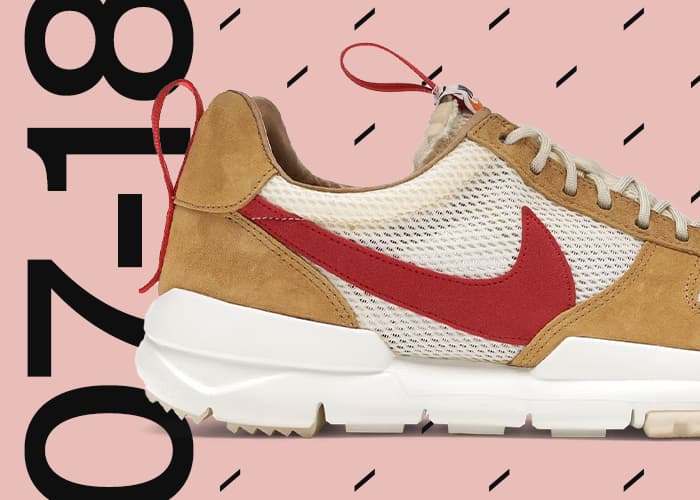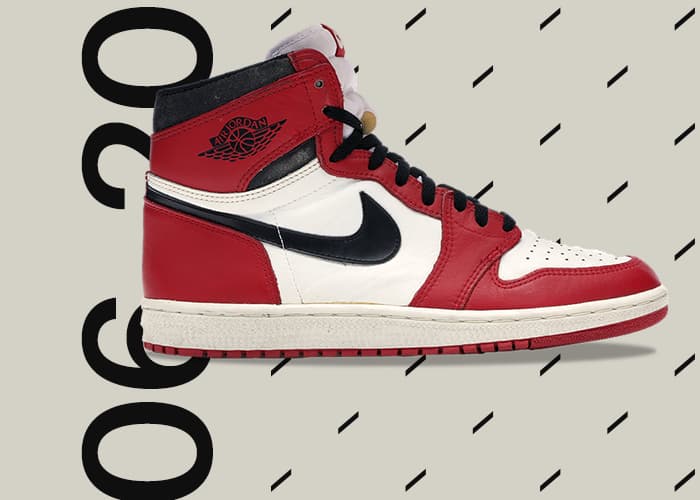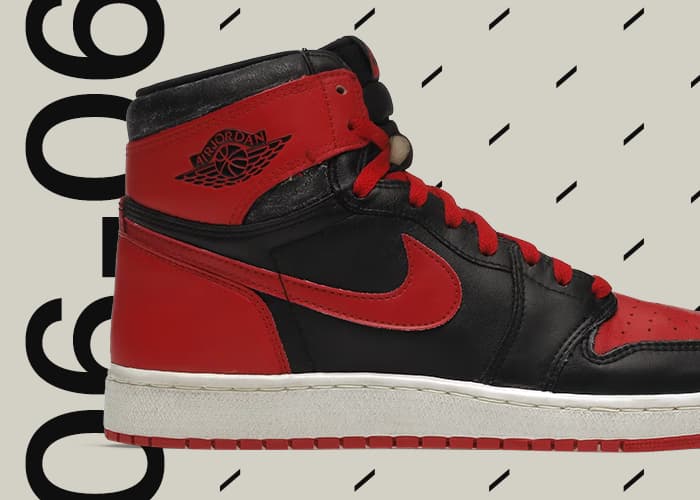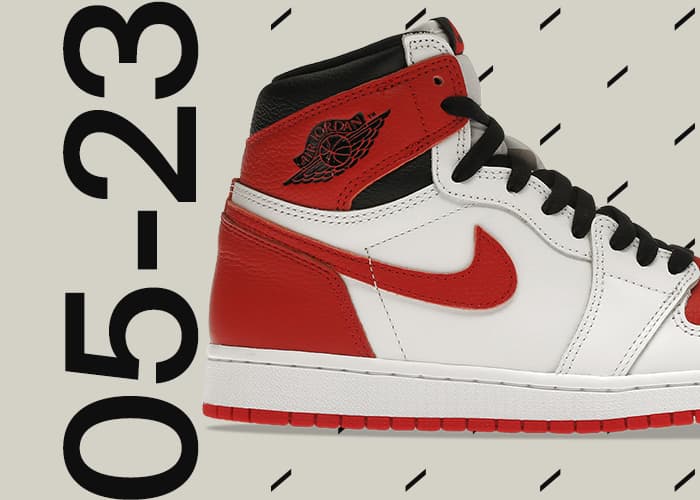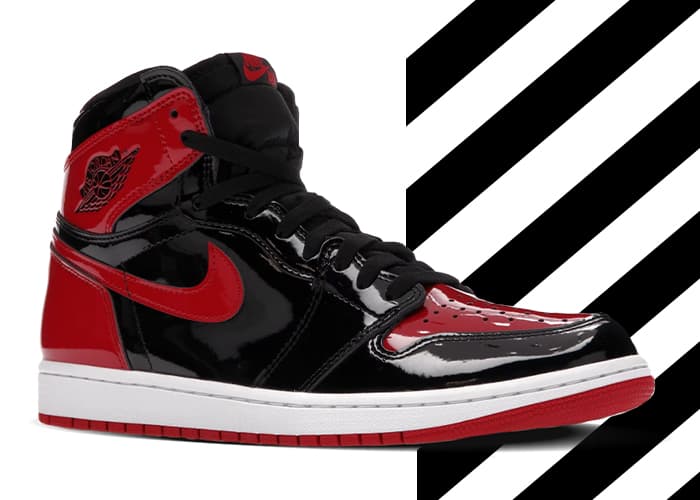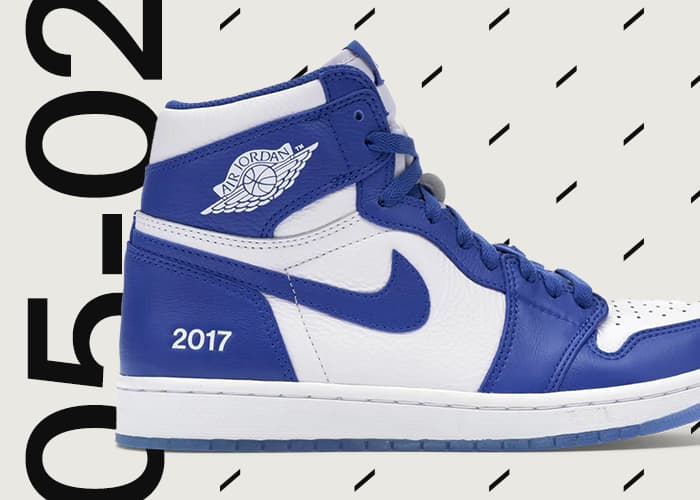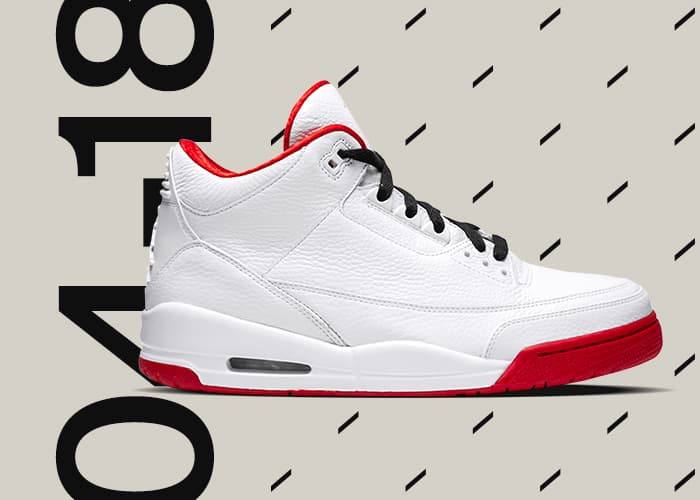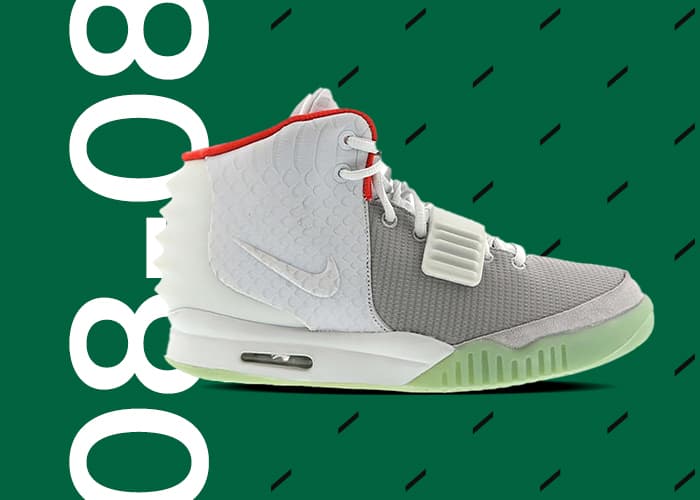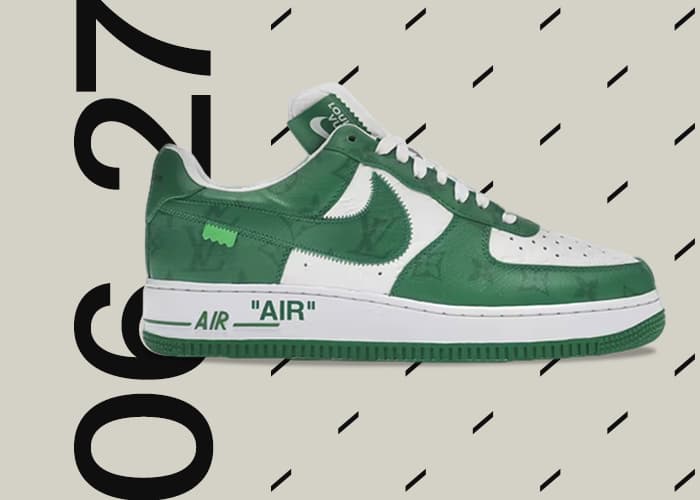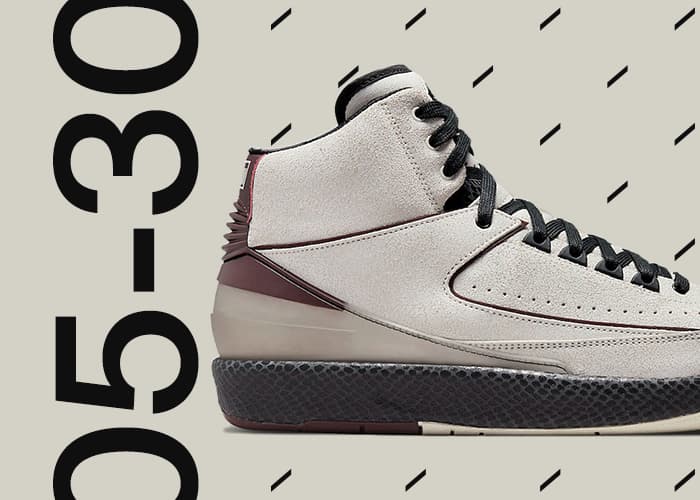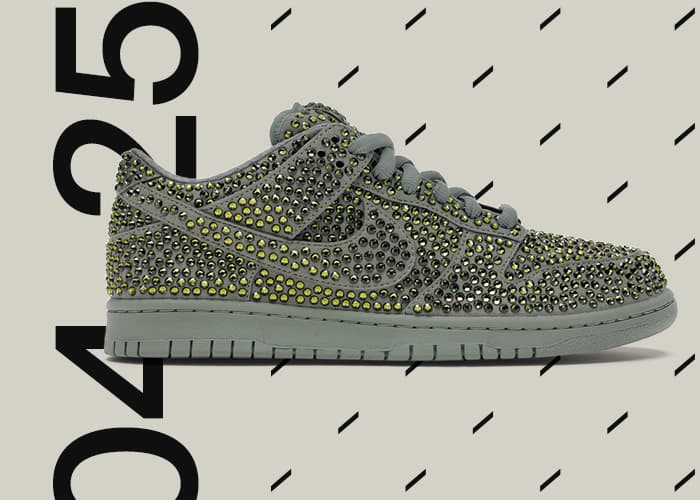
Converse Chuck Taylor All-Stars have been a prominent fixture in many cultural spaces since they first released in 1917. They first gained popularity for their technological innovation on the hardwood and over a span of nearly seven decades transitioned into classic street shoes. You may know the story of the shoe itself, but the story of the man who gave it his name – Chuck Taylor – is equally compelling. And much of what you’ve already heard is a myth.
The story people tell goes something like this: one day, a well-known basketball player named Chuck Taylor stormed into the Converse offices complaining about his discomfort from their shoes and insisted that the CEO make a shoe specifically for basketball. Taylor recommended that Converse should add enhanced flexibility and support to their shoes so that basketball players could move freely on the court. A couple of samples later, the Converse All-Star was born and on-court footwear was forever changed.
This story might be entertaining and gives life to the design, but it isn’t the slightest bit true.
The true story follows the journey of a traveling salesman who single-handedly shared the Converse All-Star with an entire country.
From Basketball Player to Salesman

Chuck Taylor playing basketball.
Chuck Taylor is known as the force behind the Converse All-Star’s early popularity, but contrary to folklore, he was not known for being a superstar basketball player. His basketball career was short-lived and not nearly as glamorous as it has been made out to be. Taylor started playing at a time when baseball was the country’s most popular sport, and professional basketball was still in its infancy. By the 1910s, colleges and high schools started to adopt basketball teams, but full-blown professional leagues like the modern NBA were still decades away. The first club teams didn’t even form until manufacturing companies – primarily rubber companies – saw an opportunity to use the spread of basketball as a promotional tool, which led to the creation of numerous smaller, regional leagues.
When Taylor graduated from high school in 1919, he chose to play basketball instead of attending college. He immediately started his semi-professional career with the Columbus Commercials, a team out of Columbus, Indiana. But he wasn’t the star; he wasn’t even a starter. According to the book Chuck Taylor, All Star: The True Story of the Man Behind the Most Famous Athletic Shoe in History by Abraham Aamidor, the only record of Taylor’s career with the Commercials is a stat line where he played in the final three minutes against the Camp Grant Five and scored zero points. Talk about a silent night.
Taylor continued his career in semi-pro basketball for the next few years. After the Columbus Commercials disbanded in the fall of 1919, he played for the Akron Firestone Non-Skids and teams in Detroit sponsored by the Dodge brothers and T.B. Rayl Company, a large sporting goods retailer. In the early 1920s, it was common for basketball players to work for the companies that sponsored the club teams. Basketball was still a relatively small sport and players weren’t making money purely off of their talents like NBA players do today. So, Chuck Taylor might have worked for Rayl selling sporting goods on a salary while he was playing on the team.

Image courtesy of Abraham Aamidor
Around 1921, Converse started a new sales strategy to cut out middlemen salespeople in an effort to have more control over how their products were placed in retailers and where they were distributed. They started approaching basketball players to join their team as traveling salesmen so they could build the credibility of their products with endorsements coming from actual players. Chuck Taylor was among some of the first players offered to work for Converse and he accepted. Shortly after accepting the position, Taylor moved to Chicago and started a new career as a sales rep for Converse.
The Chuck Taylor All-Star
The Converse All-Star first appeared around the time Chuck Taylor joined the company, and seeing Taylor’s name on the All-Star, you’d think he was integral to the design process. However, the shoe was not designed by Chuck Taylor when he was playing for the Converse club team in Chicago, and there are several anecdotes that show where he was involved and where he wasn’t.

Image courtesy of Converse
First, the original All-Star silhouette originally released in 1917 when Chuck Taylor was still in high school. Taylor actually wore the All-Star while he was playing basketball in high school and in the semi-pros. Converse’s design team was constantly updating their silhouettes at the time of Taylor’s semi-pro career, so there is no doubt that they consulted basketball players to tailor the shoe to their needs. In an interview with Mr. Porter, Sam Smallidge, Converse’s in-house archivist, explained Taylor’s involvement with shoe design: “He [Chuck Taylor] might have gotten feedback from coaches and players, which would have then been passed along, but the idea that he was in a workshop tinkering away creating improvements is not based in reality.”
Second, there is no record of a Converse basketball team existing in Chicago prior to Chuck Taylor’s Converse All-Stars team that formed in the late 1920s. The only affiliation that Converse had with Chicago prior to Chuck Taylor joining their sales team was a sales office, not the design office. Converse’s design office was located in Massachusetts. It would be pretty difficult for Taylor to play for a team in Chicago that didn’t exist and then storm into Converse’s design offices on the East Coast to complain about his sore feet. Very difficult.

Image courtesy of Abraham Aamidor
Converse added Chuck Taylor’s name to the All-Star because he was an amazing salesman, not because he was an amazing basketball player. The Chuck Taylor sales approach for Converse was a three-step process. When he arrived in a new city with his Converse All-Stars promotional club team, they would play a game against a local club team or college. Next, Taylor would put on a free basketball clinic to teach the game of basketball to kids in the area and develop a relationship with each town’s basketball coaches. After a session of instruction and exposure to the wonders of the All-Star sneaker, Taylor would take the coaches to their local sporting goods store and collect orders for Converse All-Stars. Through all of these personal interactions with players and coaches throughout the country, Taylor gave the All-Star silhouette meaning and a story for those who wore them.
With the Great Depression raging in the early 1930s, brands had to transition their marketing efforts to stay afloat and Converse was no exception. Shoppers weren’t spending money like they used to and it was getting difficult for many sneaker companies to stay in business due to massive declines in sales. Converse needed ways to diversify their product lines and found an answer in Chuck Taylor’s name. Taylor’s presence was already synonymous with the All-Star shoe to customers, so much so that kids would go to their sporting goods stores and ask for a pair of “Chuck Taylors” or “Chuck’s Shoes” instead of asking for the All-Star by its official name. In 1934, Chuck Taylor’s name was added to the heel patch of the Converse All-Star, making him the first individual to have their name on a basketball shoe.
The Cost of Chuck’s Name

Chuck Taylor (far right) was inducted into the Naismith Memorial Basketball Hall of Fame as a contributor to the sport in 1969. He died later that year.
Over a billion Chuck Taylor All-Stars have sold in the past century and Chuck Taylor never received a commission or royalty from any of it. Unlike brand partnered athletes like Michael Jordan or LeBron James, Chuck Taylor never negotiated ownership for his name’s affiliation with the All-Star basketball shoe. Instead, Taylor received a salary and travel expenses for all of his basketball games and clinics during his career at Converse, which is small potatoes when looking at all of the money Converse has made off of the All-Star. Chuck Taylor gave his name to Converse in an effort to boost sales but most importantly, he also gave his time. Taylor traveled the country 365 days in an effort to spread Converse’s brand awareness and in doing so, he made an impact on countless lives. Taylor loved the game of basketball and the relationships he made through teaching it. It is through these relationships that the foundation for the Chuck Taylor All-Star was built and remains successful almost a century later.




